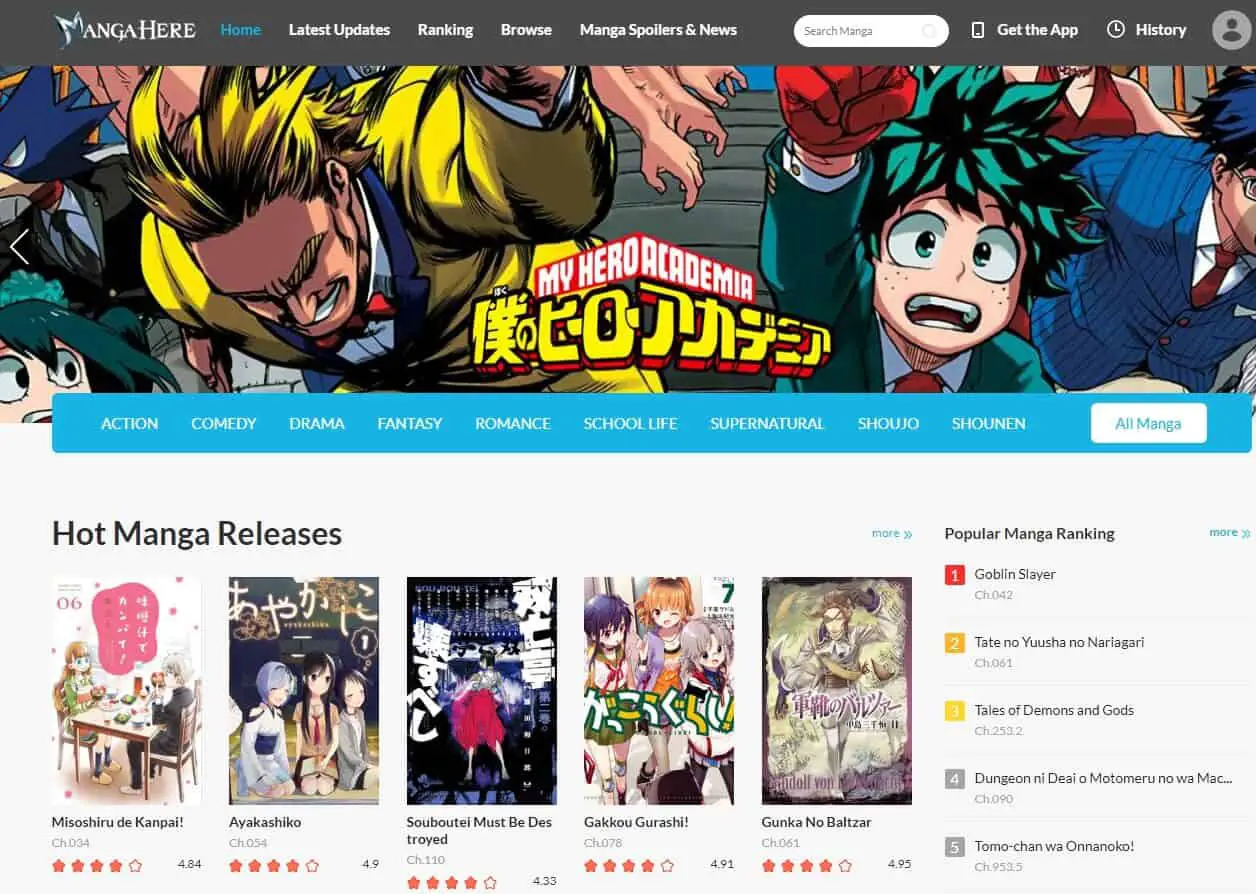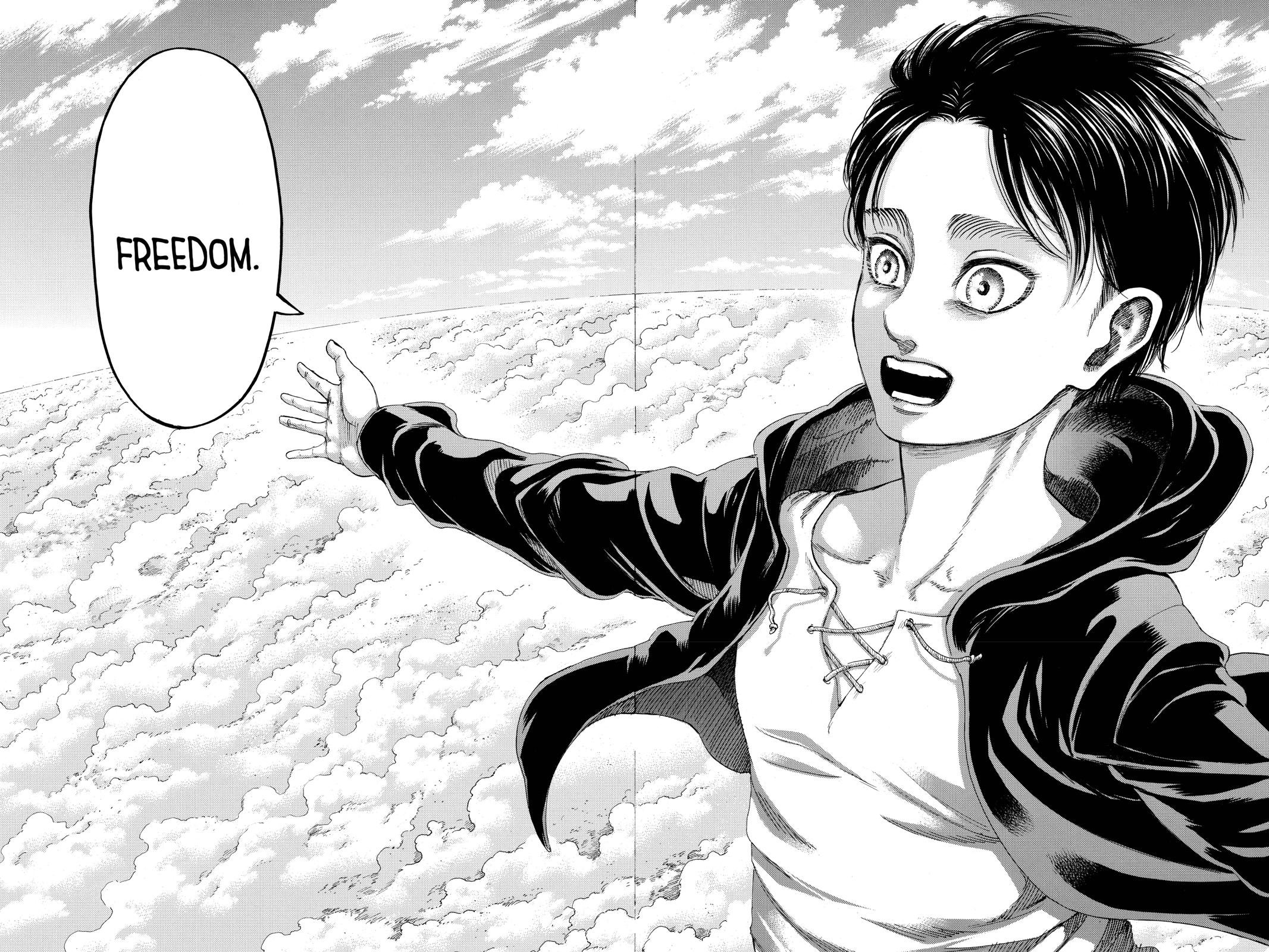Cool manga panels – Cool manga panels? Dude, that’s like, the
-ultimate* level of awesome in the world of comics. We’re talkin’ killer visuals, rad character designs, and action sequences so sick they’ll blow your mind. This isn’t just about drawing; it’s about crafting a mood, a feeling, a total vibe that screams “epic!” Get ready to level up your manga game.
Obtain access to cartel de manga to private resources that are additional.
We’re diving deep into what makes a manga panel truly “cool,” from the color schemes and shading techniques that pop to the panel layouts that create suspense and build excitement. We’ll break down character design, special effects, and even the symbolism that adds another layer of awesome to the whole shebang. Think of it as your ultimate guide to creating manga panels that are not just good, but totally rad.
Decoding Cool Manga Panels
Yo, manga fans! Let’s dive into what makes a manga panel scream “cool.” We’re talking about those panels that make you stop, stare, and maybe even let out a low whistle. This ain’t your grandma’s Sunday comics; we’re exploring the visual language that defines epic coolness in the world of manga.
Defining “Cool” in Manga Panels
So, what exactly
-is* a “cool” manga panel? It’s more than just a pretty picture; it’s a masterful blend of visual elements that evoke a specific feeling – a sense of power, excitement, drama, or even quiet intensity. Think striking compositions, dynamic action, and characters that ooze attitude.
Visual elements frequently associated with “cool” manga panels include bold lines, dramatic lighting, expressive character poses, and impactful use of visual effects. Different artistic styles contribute to this “coolness” factor. Think of the sharp, clean lines of a shonen action manga versus the softer, more atmospheric style of a seinen romance. The choice of style directly impacts the overall vibe.
Color palettes and shading techniques are key players. A cool-toned palette might create a mysterious or serious mood, while vibrant colors can amp up the energy. Intense shading can highlight muscle definition, adding to a character’s powerful presence. Subtle shading can build atmosphere and depth.
| Genre | Color Palette | Shading | Composition |
|---|---|---|---|
| Shonen Action | Vibrant, contrasting colors (reds, blues, yellows) | High-contrast, dynamic shading to emphasize action | Dynamic angles, multiple panels to show movement |
| Seinen Drama | Muted tones, earth tones, deep blues | Subtle shading, atmospheric lighting | Static or slightly dynamic angles, focus on character expressions |
| Shojo Romance | Soft pastels, pinks, purples | Soft shading, focus on highlighting delicate features | Close-ups, focus on character interactions |
| Josei Mystery | Darker tones, use of shadows and highlights | Strong contrast to create suspense | Intriguing angles, use of negative space |
Composition and Layout Techniques
Panel size and shape are not just about fitting the art; they’re powerful tools for controlling the reader’s experience. A large, full-page spread can create a sense of overwhelming power or spectacle, while smaller panels can build suspense or focus on detail. Unusual panel shapes can add visual interest and reflect the mood of the scene.
Dynamic angles and perspectives inject energy and excitement. A low angle looking up at a character can make them appear larger than life, while a high angle can create a sense of vulnerability. The use of extreme close-ups or wide shots allows the artist to control the focus and emotional impact.
Gutters, the spaces between panels, are not empty; they’re crucial for pacing and visual flow. Large gutters create pauses, building suspense. Smaller gutters accelerate the pace, creating a sense of urgency.
- Layout 1: Power Pose: A large, central panel showcasing a character’s powerful pose, surrounded by smaller panels showing the context of the action.
- Layout 2: Action Sequence: A series of smaller, horizontal panels showing a rapid sequence of actions, creating a sense of speed and dynamism.
- Layout 3: Dramatic Reveal: A small panel showing a detail, followed by a large panel revealing the full scene, creating a dramatic impact.
- Layout 4: Emotional Close-Up: A single, large panel focusing on a character’s intense expression, conveying raw emotion.
Character Design and Expressions, Cool manga panels
Character design and expressions are central to conveying “coolness.” A character’s pose, clothing, and accessories can instantly communicate their personality and attitude. Think of a character with a confident stance, sharp clothing, and cool accessories – that’s instant coolness.
There are subtle differences in how coolness is portrayed in male and female characters. Male characters might be depicted with strong physiques and stoic expressions, while female characters might be shown with a more subtle coolness, perhaps through a confident gaze or stylish attire. However, these are generalizations, and many manga subvert these tropes.
- Sharp, angular features
- Confident posture
- Stylish clothing and accessories
- Intense or enigmatic gaze
- Subtle smirk or confident expression
- Well-defined physique (depending on character type)
Visual Effects and Special Effects

Speed lines, motion blur, and other visual effects add dynamism and excitement to action scenes. These effects help convey speed, impact, and power. Special effects, such as energy blasts or transformations, can create a sense of awe and wonder. The skillful use of these effects is crucial for creating memorable moments.
Imagine a scene: A hero, bathed in the ethereal glow of a power-up, unleashes a devastating energy blast. Speed lines radiate from their hands as the blast streaks across the page, leaving a trail of motion blur. The villain is caught in the explosion, their form momentarily distorted by the force of the impact. The panel is framed by a dramatic explosion of light and shadow, emphasizing the raw power of the attack.
Symbolism and Storytelling
Symbolism can subtly enhance the “cool” factor of a panel. A specific object, color, or setting can carry deeper meaning, adding layers of interpretation and enhancing the emotional impact. The narrative context plays a vital role in how these symbols are understood.
- Rain symbolizing sadness or reflection: A character standing alone in the rain, highlighting their emotional state.
- A lone figure against a vast landscape symbolizing isolation or determination: A character silhouetted against a dramatic sunset, conveying a sense of strength.
- A specific color associated with a character or event: A recurring color used to highlight a character’s power or inner turmoil.
So, yeah, creating killer cool manga panels isn’t just about slapping some action scenes together. It’s about mastering the art of visual storytelling, combining killer composition, rad character designs, and mind-blowing special effects to create something truly unforgettable. It’s about understanding what makes a panel pop, and knowing how to use every tool in your artistic arsenal to achieve that perfect level of awesome.
Now go forth and create some seriously epic manga!



